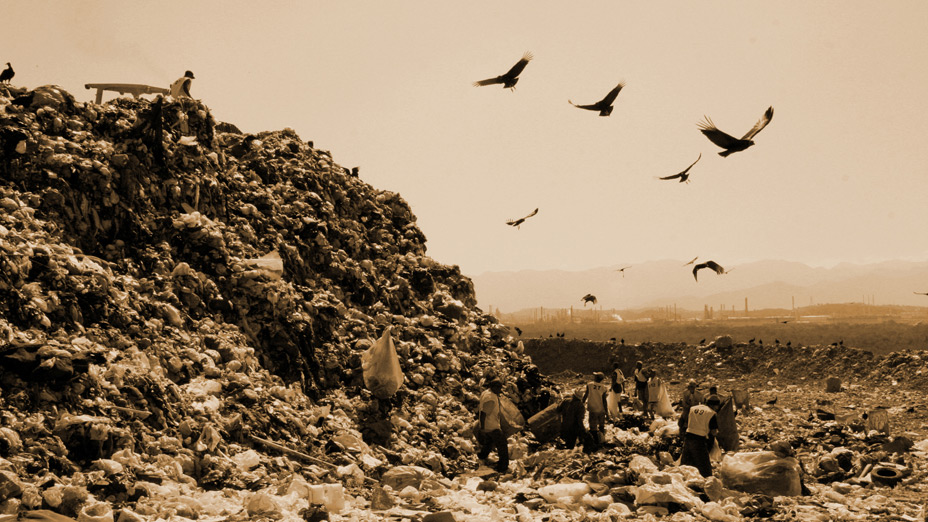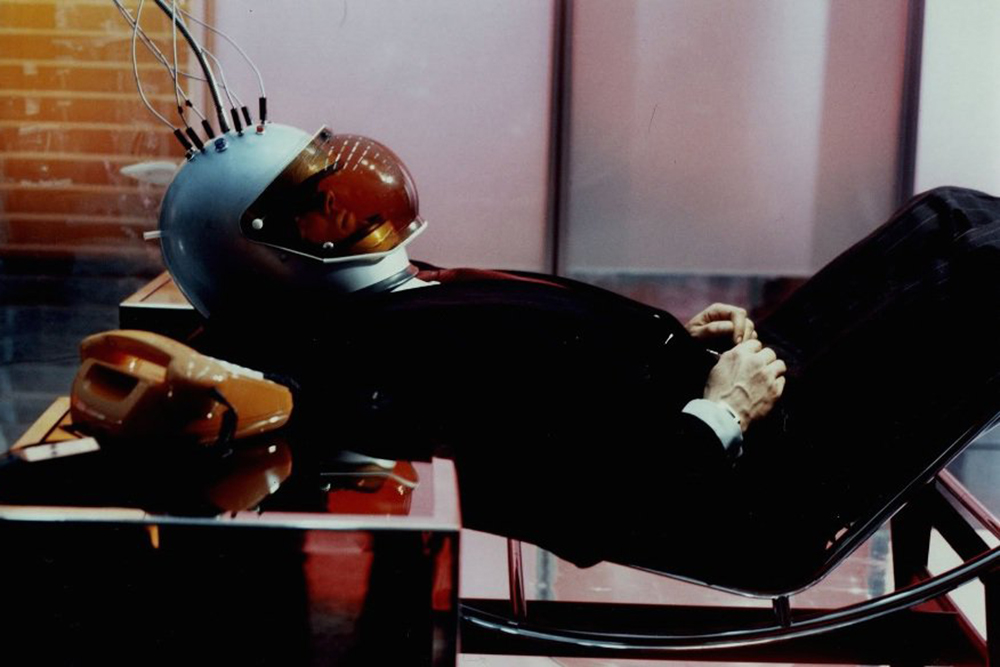There are a number of important films that tell a story that you’ve never heard before; THE PRUITT-IGOE MYTH, on the other hand, tells a story you’ve heard many times over, but does so in a way that makes you stop and question what you thought you knew, leaving you in a state of mind to keep thinking about it long after the film ends.
In brief, the film recounts the history of the now-infamous Pruitt-Igoe housing project, through the voices of past residents (as well as a couple notable experts in housing policy and urban history, including both Robert Fishman and Joseph Heathcoat). The details of this story are known by all: built in the early 1950s in Saint Louis in an attempt to eliminate slums and provide new modern housing for the city’s anticipated post-war growth (and perhaps also maintain color lines in this deeply-segregated city), the project soon came to symbolize the ills of large public housing projects; by 1972—less than two decades after opening—work began to raze all 33 structures at the site. The dramatic images of the demolition—a huge public housing project literally imploding—now serve as haunting reminder of this past, a visual shorthand for the failure of modern planning and the sad shift from noble ambition to national resignation.

“Haunting” is a good word to describe the atmosphere of the film as well: the camera lingers on empty corridors and barren trees; crying and speechless men and women, once children who called the towers home; grainy images of times now gone. But rather than offering up a resigned funeral dirge—or even a reproachful eulogy—over the death of public housing, the film takes time to explore the space created by this loss, probing for meaning like a tongue forever seeking out the hole left by a lost tooth. Through the stories and recollections of people whose lives were shaped by Pruitt-Igoe, we come to share the fears and the joys it once housed, revisiting the timeline in a reflective, non-linear way. Like Kurosawa’s classic RASHOMON, one senses that there is no simple answer to this puzzle of Pruitt-Igoe, no absolute lesson to be learned from this past, but rather many questions to continue to ask; the “myth” to be busted is that we can pin all of the problems on a single element (the design, the density, the racist bureaucracy and white flight, the drugs and gangs, the breakdown of the family in northern Black cities, etc.) and prescribe a pat prescription so “this will never happen again.”
At a pivotal moment, Brian King (a former resident and the real moral anchor for the film) describes the day his older brother was shot in front of their building: watching his mother—helpless and overwhelmed and grief-stricken—frantically trying in vain to shove her son’s viscera back into the hole in his chest. In the end, at least for the space of the movie, we feel the same mix of loss, frustration, anger, and helpless over the destruction of Pruitt-Igoe—wishing more had been done, but knowing full well that the problems facing cities in the 1960s and 70s were bigger than one housing project alone could solve.




